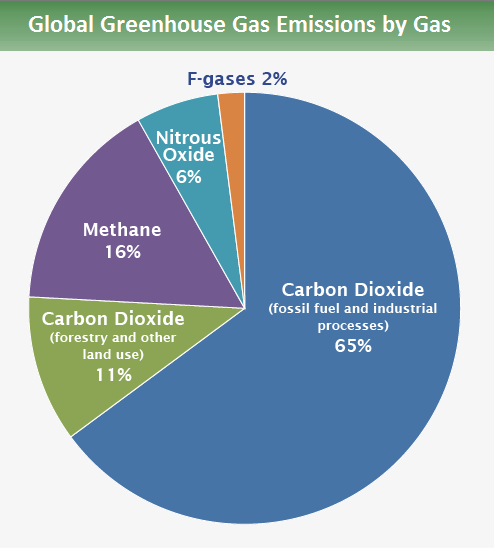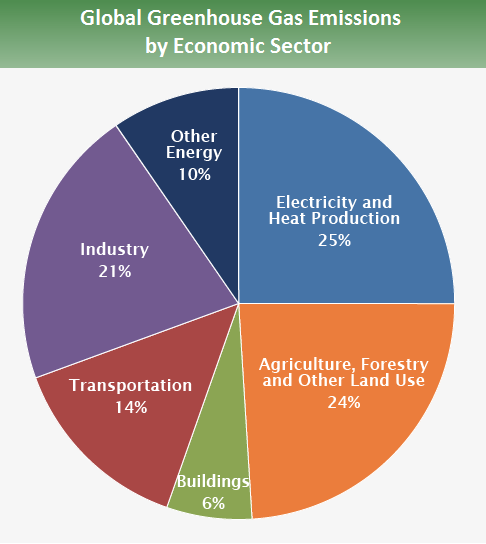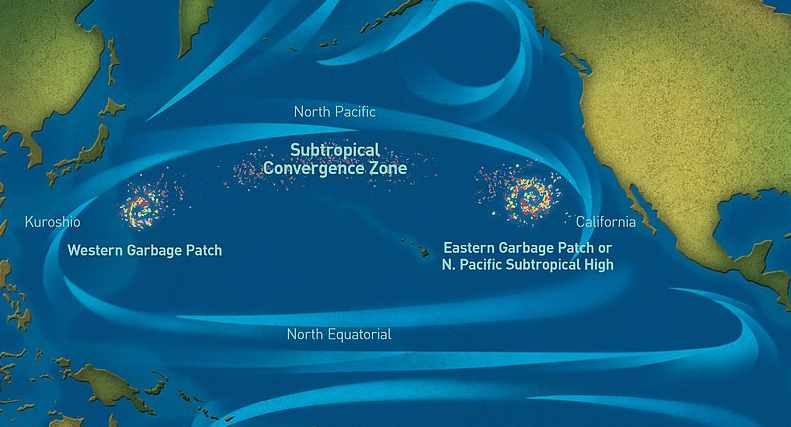
IPCC (2014)
Fossil Fuels are formed from the decomposition of buried dead organisms (plants and animals) over millions of years. Oil, natural gas and coal are used for heat, electricity, transportation, and are in thousands of everyday products. The problem with fossil fuels is that when burned, they release harmful pollutants. The release of carbon dioxide contributes to global warming. The release of sulfur dioxide, from burning coal, contributes to acid rain. Nitrogen oxide contributes to acid rain and smog. Particulate matter, or soot, produces haze. Mercury emitted from coal plants leads to neurological effects. Methane emissions include leaks from natural gas and coal mining. These emissions lead to health issues and death as well as damage to nature.
Effects
Every step of the fossil fuel supply chain is detrimental to humans and the environment. The extraction process (mining, drilling, fracking) causes air and water pollution and disturbs a large amount of land. Transportation also leads to air pollution as well as the potential for spills. Drilling and transportation also contribute to emissions of methane, which is a more potent greenhouse gas than carbon dioxide. The burning of the fuels causes toxic emissions and global warming. The waste products are hazardous and a threat to the health of humans, animals, and the planet.

IPCC (2014)
Fossil fuels contribute to more than half of global warming.
Power plants contribute to water stress since these facilities draw tremendous amounts of water. The return of this water from the plant back to rivers, lakes and oceans creates thermal pollution. The water returned is much hotter and contains less dissolved oxygen thus stressing marine life.
In addition, fossil fuels are nonrenewable. The supply is limited unlike energy obtained from the sun, wind, hydropower, geothermal, or biomass sources.
Plastics
The world has become saturated with plastics. Plastics, or polymers, are made from fossil fuels. Natural gas (ethane and propane) is converted to create polyethylene, the most common plastic in the world used for packaging, bottles and synthetic clothing, and polypropylene, used in packaging and vehicles.

Petroleum products do not break down like organic materials do. Plastics will take more than 1000 years to decompose. Even when they decompose, they turn to microplastics which never disappear. Microplastics can be smaller than a pencil eraser. The ultimate expression of the pollution of plastics is the Great Pacific Garbage Patch, between Hawaii and California in the Pacific Ocean. This swirl of plastic garbage is the size of Texas. There are four other whirlpools of debris in our oceans: one in the Indian Ocean, two in the Atlantic Ocean and one other in the Pacific Ocean. Animals are harmed by these patches; they get entangled and ingest the debris. Humans ingest fish that ingest microplastics posing a threat to human health.
In addition to the human health threat of plastics from global warming and pollution, toxins in plastics accumulate in our bodies. Additives such as BPA (bisphenol A) and phthalates leach from plastics into our food and water. These chemicals disrupt our hormonal system.
